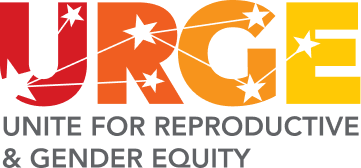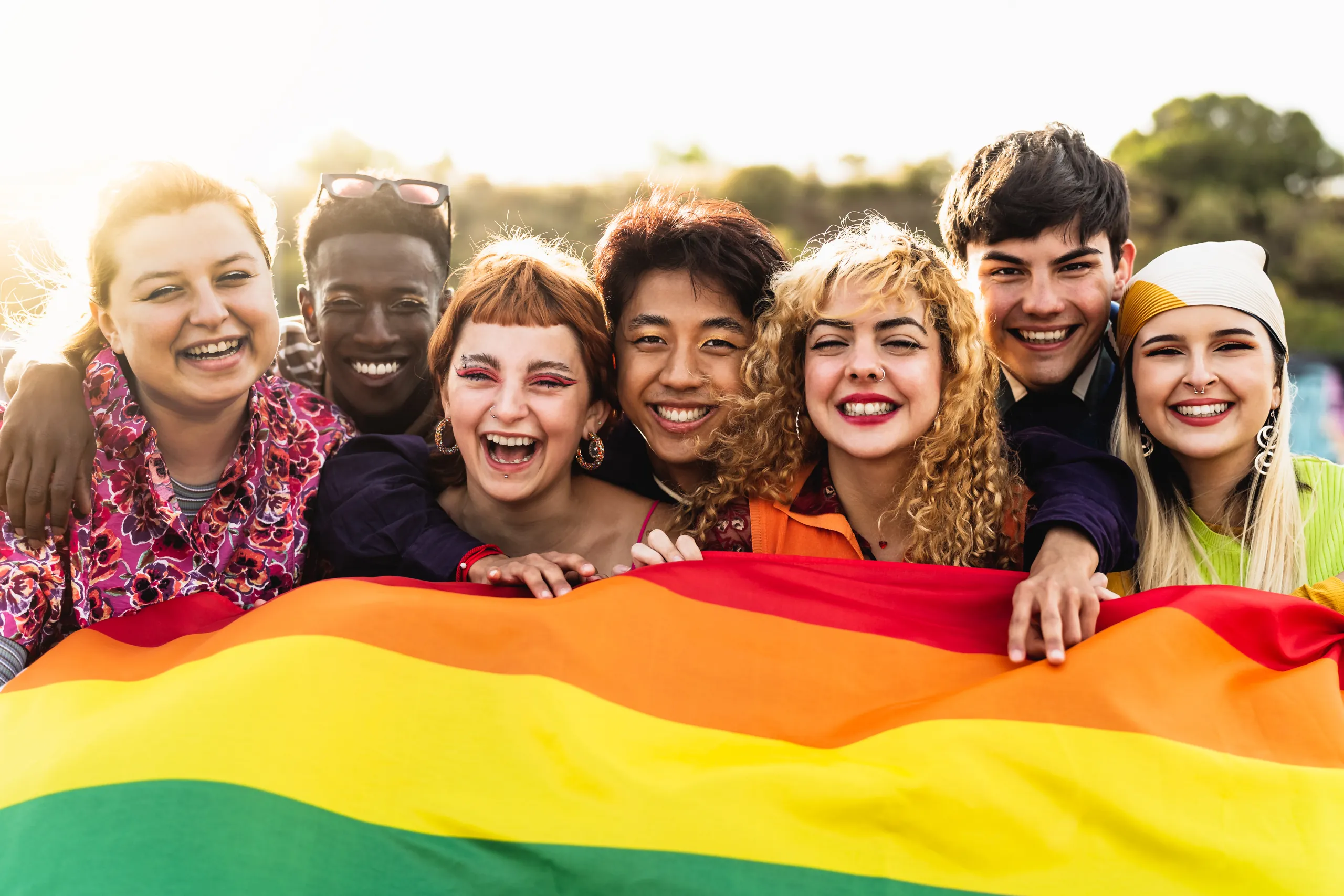
Em-URGE-ing Voices
Your urgent thoughts, urging action.
At the Intersection of Fatness & Reproductive Justice
#RJ Wrapped
Reproductive Justice in the Music Industry Has a Long Way 2 Go
Self-Care for Activists
The Reproductive Justice Movement is for Everyone. But it’s Still Not Accessible to Everyone.
Practicing Radical Community Care
Why Decolonization is Necessary for Reproductive Justice
Avoiding Burnout for Youth Activists
Housing Justice is Reproductive Justice
Illustration by Nina Yagual x @abeautifulhoodcrumb
“A home that is stable, affordable and secure not only means that we are able to curate a life full of color, tradition, and magic, but it also paves a way for ongoing health and happiness for future generations.” — Nina Yagual
Sistersong, a national organization and reproductive justice collective, defines reproductive justice as the following:
- People have the right to bodily autonomy
- People have the right to have or not have children.
- People have the right to parent their children in safe and sustainable communities.
However, how can someone obtain consistent prenatal care if they are experiencing homelessness and are transient?
How can a person parent their child safely if they live in substandard housing?
How can people afford an abortion or health insurance for contraceptives if they’re spending over one-third of their income on rent alone?
The current housing crisis is a threat to the reproductive justice movement as housing insecurity threatens one’s decision and ability to parent their children in a safe and sustainable environment. Exacerbated by historical and ongoing discriminatory policies and practices, housing insecurity is defined in many ways: having high housing costs (spending more than 30% of income on rent); unsafe/substandard housing; living with friends or family in overcrowded situations; residential instability; evictions and other forced moves; or living in neighborhoods that are unsafe and lack access to transportation, nutritional food, and other essential services.
Unfortunately, due to a limited rental market with rising rent prices and few affordable locations, many Americans are facing housing instability. According to new American Community Survey 5-year estimates by the U.S. Census Bureau, 46% of Americans spend one-third or more of their income on rent. In addition, people with lower incomes are more likely to be renters, and these renters—disproportionately young and/or Black—are often forced to rent substandard housing that exposes them to health risks such as vermin, mold, and inadequate heating or cooling systems. If housing costs become more than a household can reasonably afford, it may lead to an eviction. An eviction on one’s permanent record can cause yet another barrier to safe housing, forcing them to make unsafe choices about where they live. Frequent moves are also associated with negative health outcomes in children as they are more likely to have chronic conditions, poor physical health, and inconsistent health insurance coverage. For parents facing housing insecurity; it can be hard to obtain safe and sustainable housing for their children—one of the major principles for reproductive justice.
Historical and ongoing discriminatory policies and practices have created racial disparities in both the housing and reproductive justice movement. Generations of Black and Hispanic households have been prevented from buying houses and accruing wealth through a history of America’s discriminatory practices such as redlining and racial segregation. These systemic inequities have increased the difficulty of obtaining safe, affordable housing for people of color. People of color have been limited to high poverty neighborhoods which decreases their opportunity for quality schools and public services while increasing their exposure to crime and other environmental hazards. Additionally, people of color have lower homeownership rates than white households; estimates from the U.S. Census bureau show that, in 2020, the homeownership rate was 74.5% among white households and 44.1% among Black households. As a result, Black Americans account for a disproportionately large amount of the homeless population.
Those experiencing homelessness—the most severe form of housing insecurity—are unfortunately at a higher risk of unintended pregnancy. One recent study found that nearly three-quarters of pregnancies among the unhoused communities are unintended. Due to their housing situation, they face barriers such as lapses in general healthcare, a lack of contraceptive options and access; an increased risk of sexual violence, and a lack of health insurance that can contribute their higher percentage of unintended pregnancy. Unfortunately, that means that pregnant unhoused people can be without a safe environment to give birth in. Furthermore, they may not have access to prenatal care which is crucial for pregnancy-related complications for both the parent and child.
Housing, or lack thereof, should not determine one’s ability to care for themselves and their families as it is a human right. However, the truth of our society is that housing remains inaccessible, unaffordable, unsafe for so many vulnerable communities. Housing justice intersects with reproductive health often and severely inhibits individuals’ reproductive health choices. Insecure housing shouldn’t mean deciding between rent or abortion. So how do we protect those facing both housing and reproductive inequities?
We must first acknowledge and consider the housing justice movement through a reproductive justice lens. These movements and their issues are not just parallel but intersect in ways that make victories for one community impossible without the other. It is important to mobilize local efforts through grassroots/community organizations that campaign for rent control, affordable and equitable housing, and renters’ rights. Navigating housing crises, unsustainable rent prices, unsafe housing conditions, evictions, and homelessness can directly impact one’s health and wellbeing and the decision-making around them. It is not enough for us to solely focus on access to safe and legal abortions when other essential elements of reproductive justice such as housing justice need to be highlighted.
References
Gelberg, L., Lu, M.C., Leake, B.D. et al. Homeless Women: Who is Really at Risk for Unintended Pregnancy?. Matern Child Health J 12, 52–60 (2008). https://doi.org/10.1007/s10995-007-0285-1
Harvard University. Joint Center For Housing Studies. (2020) The State of the Nation’s housing. [Cambridge, Mass.: Joint Center for Housing Studies of Harvard University]
Olivet, J., Wilkey, C., Richard, M., Dones, M., Tripp, J., Beit-Arie, M., Yampolskaya, S., & Cannon, R. (2021). Racial Inequity and Homelessness: Findings from the SPARC Study. The ANNALS of the American Academy of Political and Social Science, 693(1), 82–100. https://doi.org/10.1177/0002716221991040
Reproductive justice. Sister Song. (n.d.). https://www.sistersong.net/reproductive-justice

